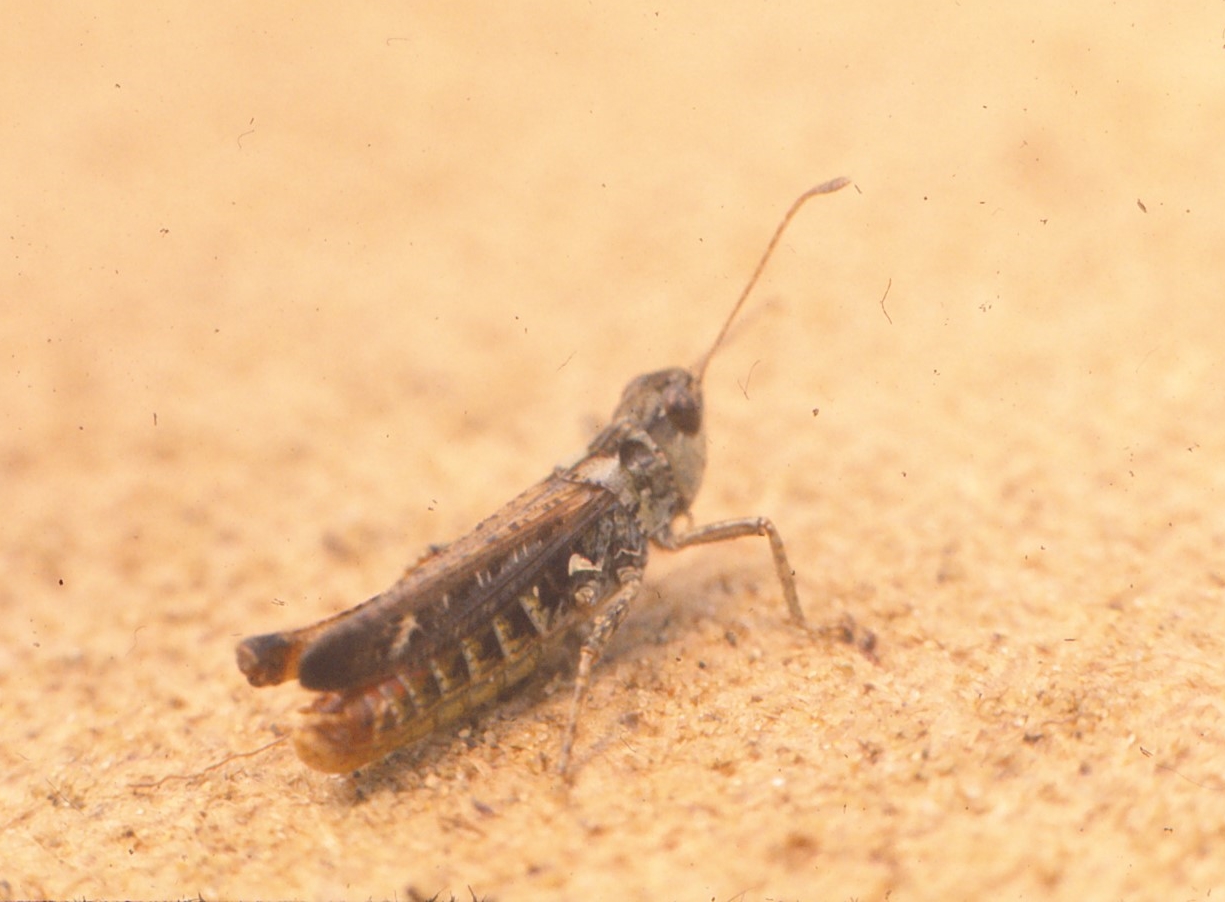Lauantai 3.2.2018 klo 18.04 - Mikko Nikinmaa
When thinking about environmentally friendly diet , the need to replace the meat of endothermic animals, cattle, swine, sheep and chicken, by other alternatives is invariably mentioned. This is mainly because the amount of energy (feed) needed to produce a kilogram of meat is high, meaning that large land areas need to be used for animal herding. Also, the need for water is high. As a recent alternative, insect eating has been advocated. The use of ectothermic animals requires only about 1/10 of the energy (and thus feed) in comparison to cattle meat. However, although insect-eating is quite common in some areas, in our society a lot of people have emotional objections to eating insects. Further, the behaviour of chitin - the exoskeleton of insects - in our gut is not really clear yet. Thus, in western societies it is easier to find other sources of ectothermic meat than start using large amounts of insect flesh (although I have no doubt that the use of insects as food will increase in future). Luckily we have already traditionally used the flesh of ectotherms, mainly fish (but also shrimps, mussels, crabs etc.). Increasing fish consumption is just as environmentally friendly as insect eating, provided that the fish are produced in aquaculture and not a result of overfishing. My advocating aquaculture may seem surprising, as aquaculture is thought of causing a large amount of environmental problems. However, this happens with traditional aquaculture, whe fish are cultivated in natural waters, where their feed and faeces eutrophy water, and the use of medicines and parasitecides cause additional problems. Recent advances enable the use of recirculated water, so that future aquaculture can produce fish in the middle of towns, where they are needed. This also removes the need for long-distance transport, which is an environmental problem. Innovative thinking produces innovative solutions to decrease the environmental impacts of food production.
, the need to replace the meat of endothermic animals, cattle, swine, sheep and chicken, by other alternatives is invariably mentioned. This is mainly because the amount of energy (feed) needed to produce a kilogram of meat is high, meaning that large land areas need to be used for animal herding. Also, the need for water is high. As a recent alternative, insect eating has been advocated. The use of ectothermic animals requires only about 1/10 of the energy (and thus feed) in comparison to cattle meat. However, although insect-eating is quite common in some areas, in our society a lot of people have emotional objections to eating insects. Further, the behaviour of chitin - the exoskeleton of insects - in our gut is not really clear yet. Thus, in western societies it is easier to find other sources of ectothermic meat than start using large amounts of insect flesh (although I have no doubt that the use of insects as food will increase in future). Luckily we have already traditionally used the flesh of ectotherms, mainly fish (but also shrimps, mussels, crabs etc.). Increasing fish consumption is just as environmentally friendly as insect eating, provided that the fish are produced in aquaculture and not a result of overfishing. My advocating aquaculture may seem surprising, as aquaculture is thought of causing a large amount of environmental problems. However, this happens with traditional aquaculture, whe fish are cultivated in natural waters, where their feed and faeces eutrophy water, and the use of medicines and parasitecides cause additional problems. Recent advances enable the use of recirculated water, so that future aquaculture can produce fish in the middle of towns, where they are needed. This also removes the need for long-distance transport, which is an environmental problem. Innovative thinking produces innovative solutions to decrease the environmental impacts of food production.